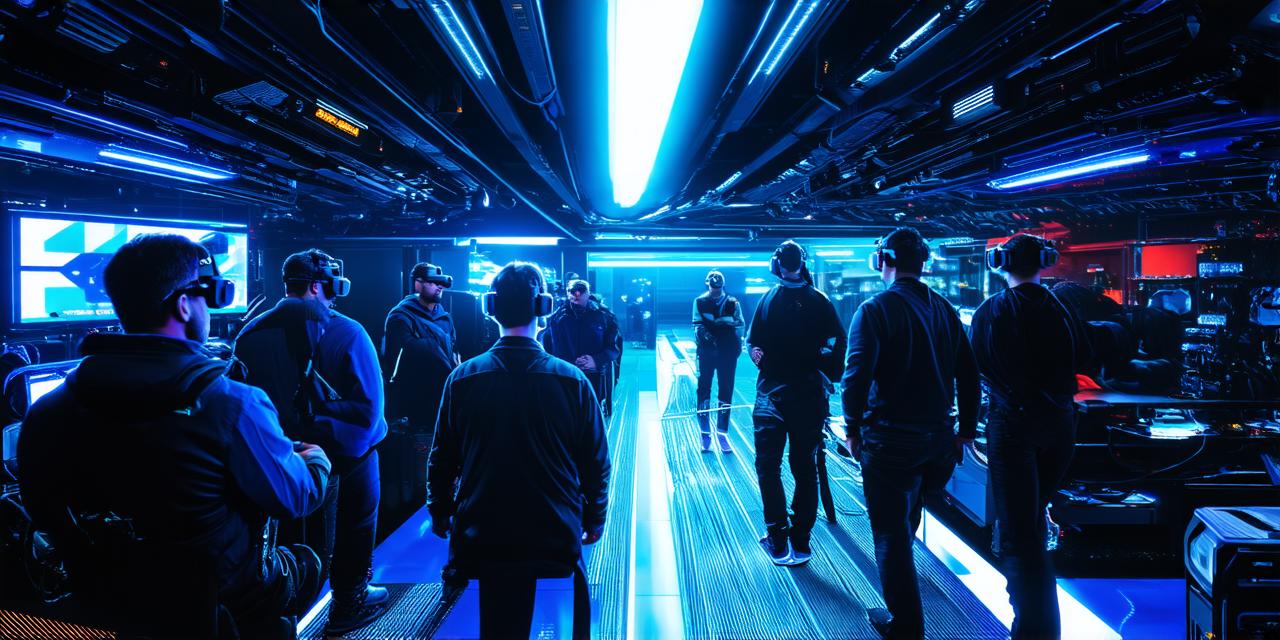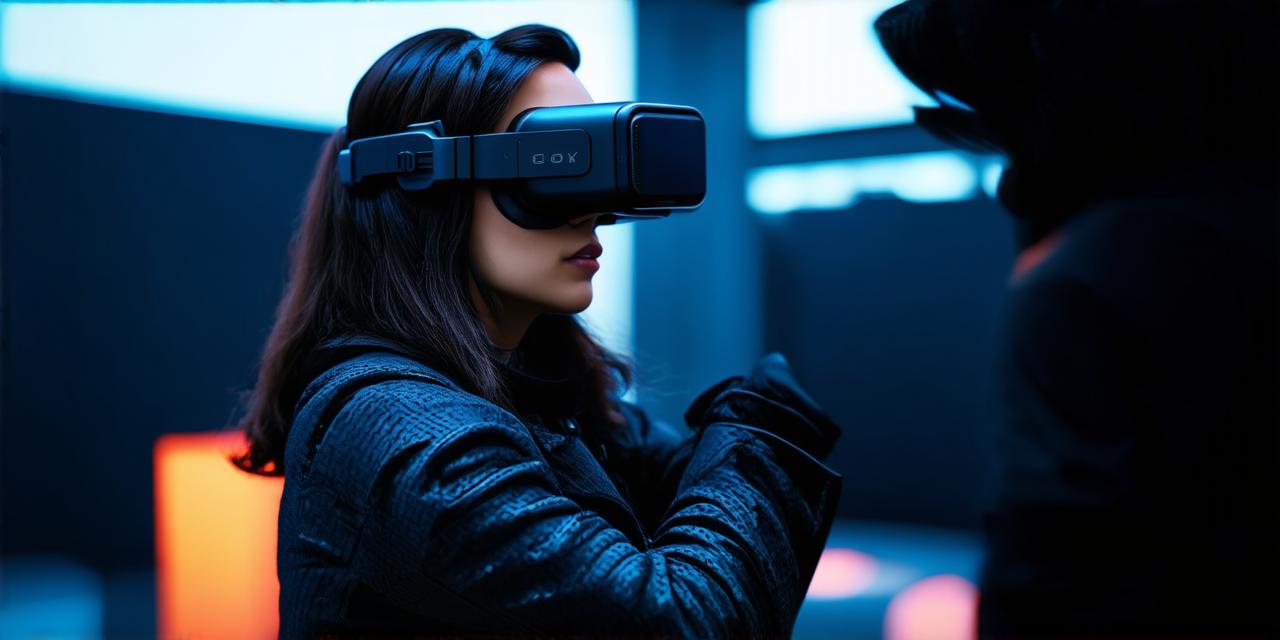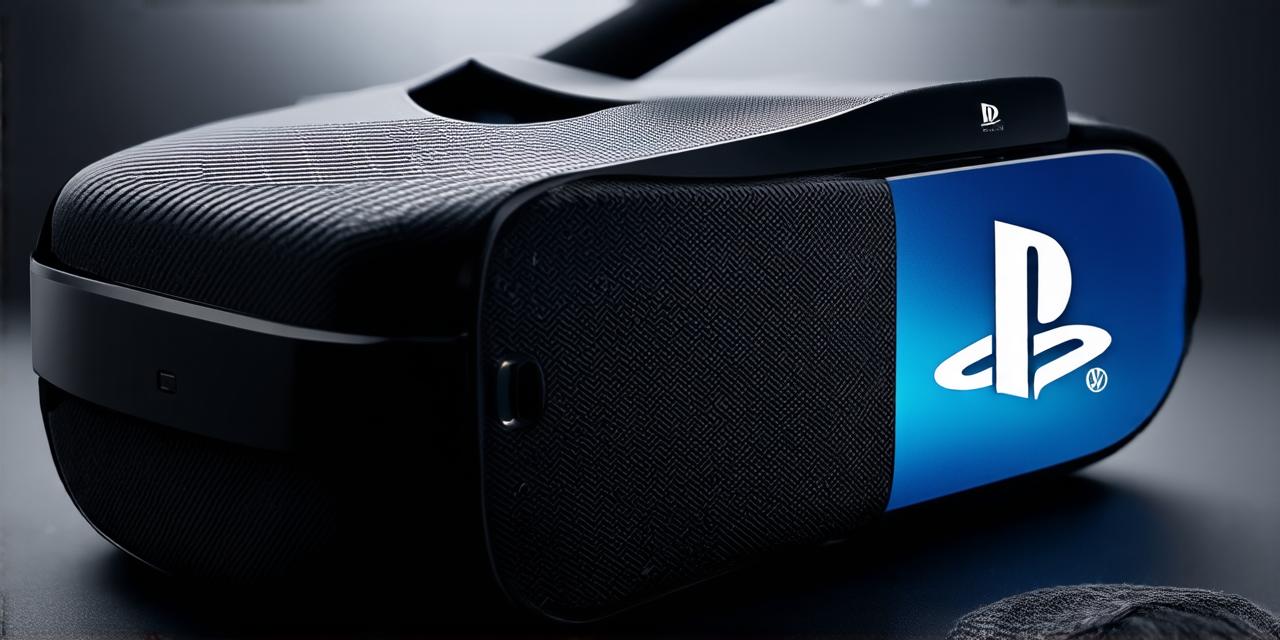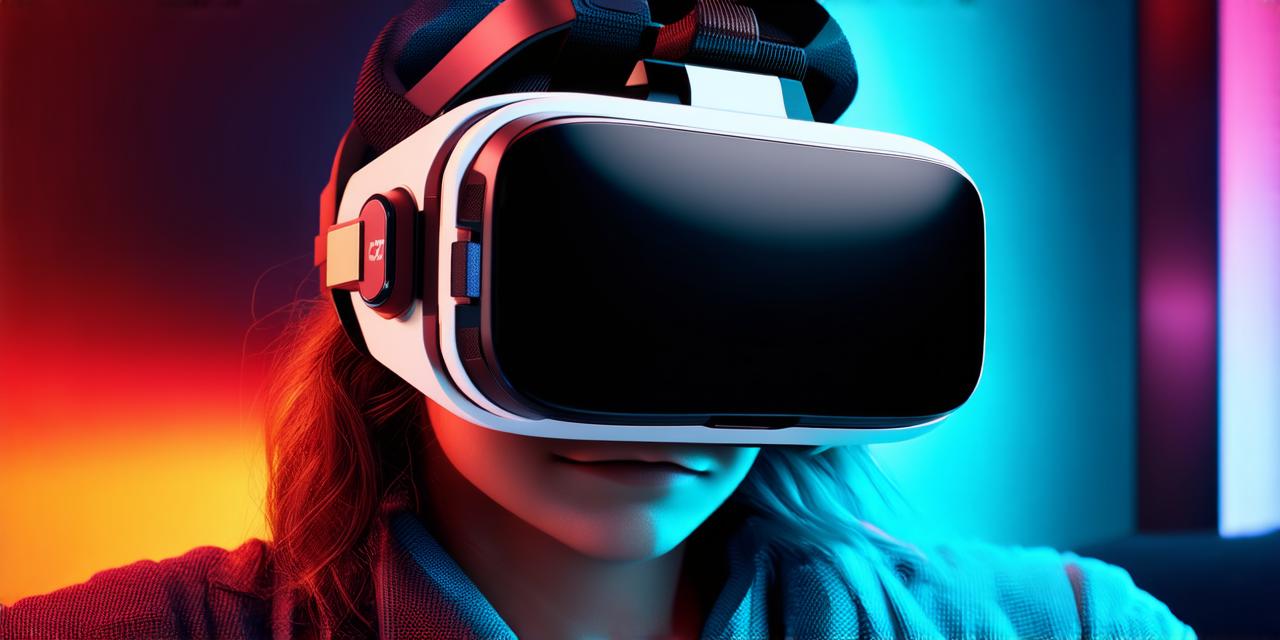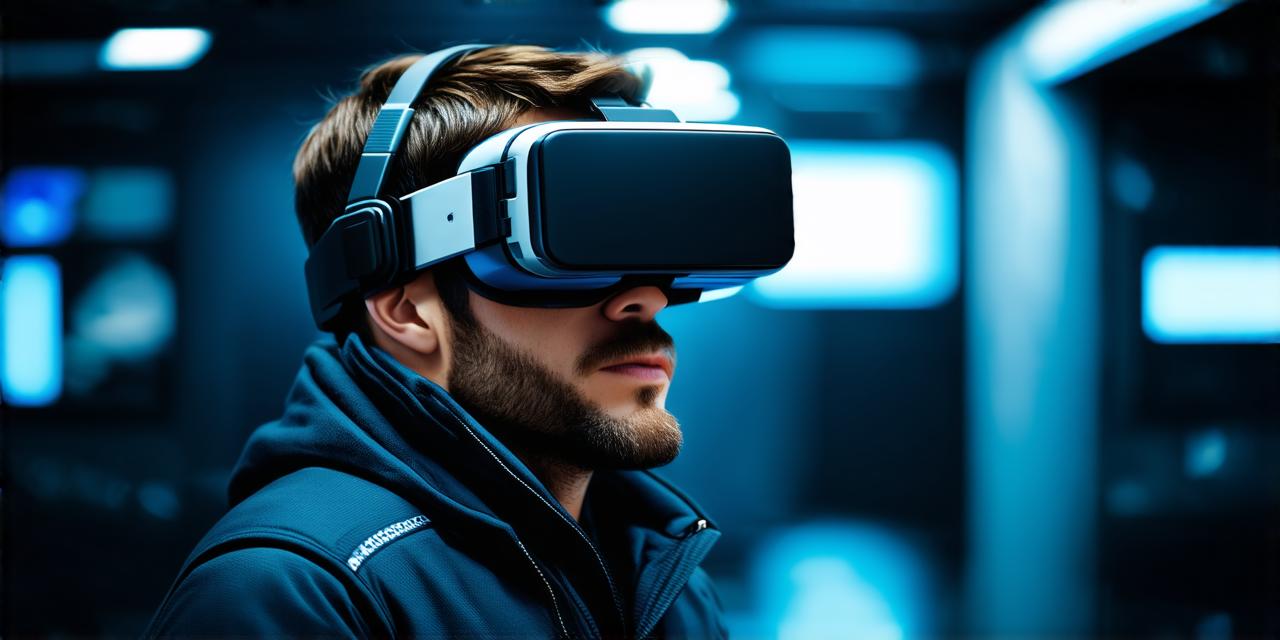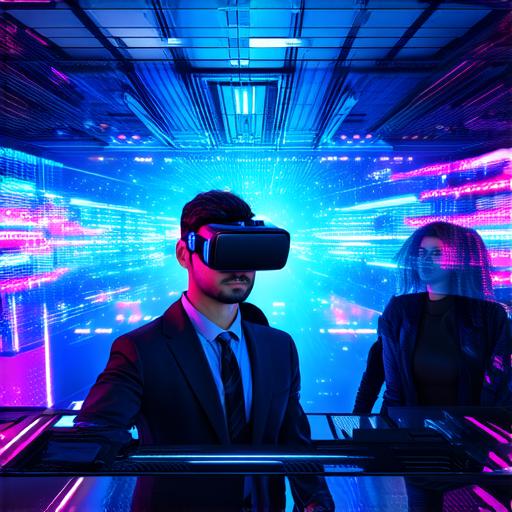
In today’s digital world, virtual and augmented reality technologies have taken center stage. While both technologies provide immersive experiences, they differ in their approach and benefits.
Introduction:
In this article, we will compare and contrast virtual reality and augmented reality, discussing their main features, use cases, and how businesses can leverage them to enhance customer engagement and drive growth.
What is Virtual Reality?
Virtual reality (VR) is a technology that creates a simulated, three-dimensional environment where users can interact with virtual objects as if they were real. VR headsets provide a fully immersive experience by blocking out the real world and replacing it with a digital one. Businesses use VR to create realistic product demos, train employees, and offer customers unique experiences.
What is Augmented Reality?
Augmented reality (AR) is a technology that overlays digital content onto the real world. AR devices, such as smartphones and tablets, use sensors and cameras to track the user’s surroundings and display relevant information or objects on top of them. Businesses use AR to enhance customer experiences by providing product information, instructional guides, and interactive features.
Main Features and Benefits:
Virtual Reality:
- Complete immersion: VR provides a fully immersive experience, allowing users to escape from the real world and engage with virtual objects in a realistic manner.
- High-end technology: VR requires high-quality equipment, such as headsets and computers, making it more expensive than AR.
- Limited use cases: VR is best used for product demos, employee training, and gaming. It may not be suitable for all businesses.
- Potential health risks: Prolonged exposure to VR can cause motion sickness and eye strain.
Augmented Reality:
- Real-world interaction: AR overlays digital content onto the real world, allowing users to interact with both virtual and physical objects.
- Low-cost technology: AR devices are relatively affordable and accessible, making it easier for businesses to implement.
- Wide range of applications: AR can be used in various industries, such as retail, education, and healthcare.
- Limited immersion: AR provides a less immersive experience than VR, but it allows users to remain grounded in the real world.
Use Cases for Businesses:
Virtual Reality:
- Product demos: VR can provide a realistic product demo that showcases features and benefits in an interactive way.
- Employee training: VR simulations can be used to train employees on complex tasks or dangerous situations, such as operating heavy machinery or handling hazardous materials.
- Gaming: VR gaming offers a unique experience that combines immersion and interactivity.
Augmented Reality:
- Retail: AR can be used in retail to provide product information, such as price and features, when customers scan a product with their smartphone.
- Education: AR can be used to enhance the learning experience by providing interactive educational content, such as virtual field trips or 3D models.
- Healthcare: AR can be used for remote patient monitoring, allowing doctors to view patient data in real-time and provide telemedicine services.
- Manufacturing: AR can be used to enhance the manufacturing process by providing real-time information on production lines and improving product quality control.
Case Studies:
IKEA Place:
IKEA’s augmented reality app allows customers to visualize furniture in their home before making a purchase, reducing return rates and increasing customer satisfaction.
Pokemon Go:
Niantic’s augmented reality game has become a cultural phenomenon, engaging millions of users worldwide and driving revenue for the company.
HoloDeck:
A VR headset developed by Oculus, the HoloDeck provides a fully immersive experience that allows users to interact with virtual objects in a realistic manner.
